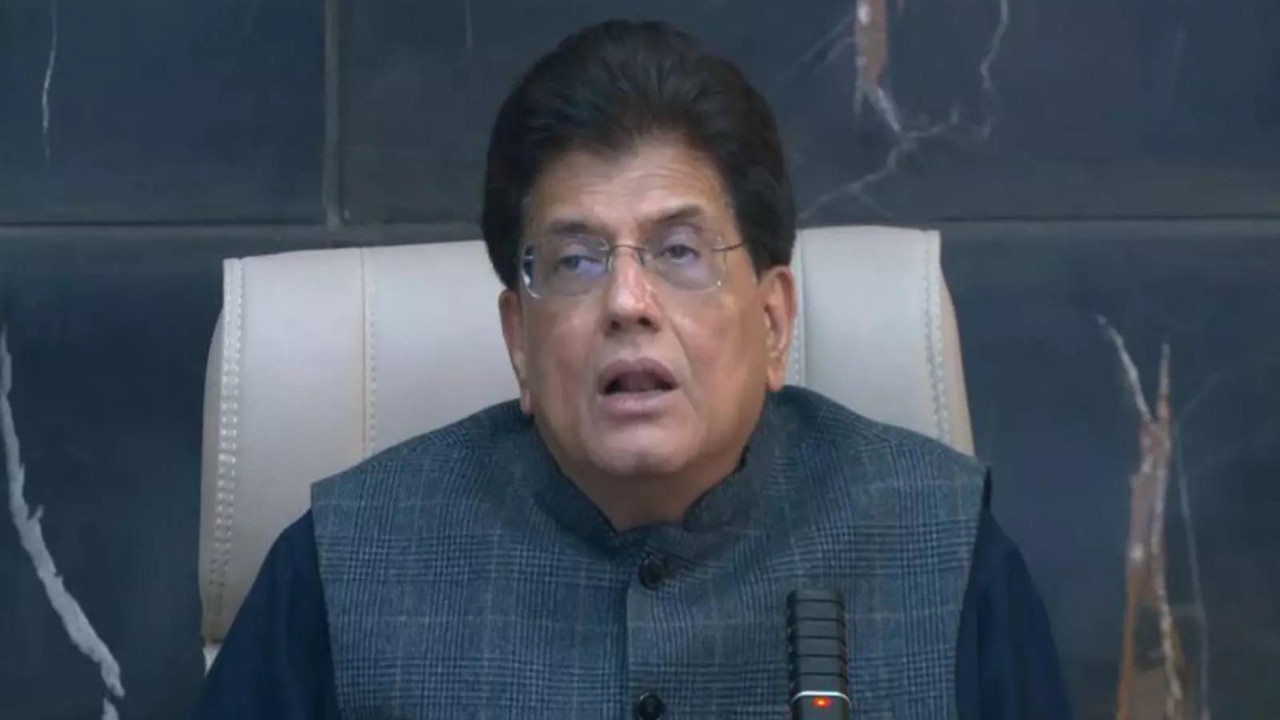The Indian government is formulating fiscal incentives to boost domestic production of rare earth magnets, essential for EV motors, aiming to reduce reliance on Chinese supply. A scheme is being framed to provide targeted support to the industry, covering capital and operational expenditure. This initiative addresses supply disruptions and strengthens India’s participation in global value chains.
India Bets Big on Rare Earths: Can We Forge a Magnet-Making Future?
For decades, India has largely sat on the sidelines while the world raced to secure access to rare earth elements – the unsung heroes powering everything from smartphones to electric vehicles. Now, that’s poised to change in a big way. A bold new initiative is taking shape, one designed to catapult India into a position of strength in the global rare earths supply chain and, crucially, establish a robust domestic manufacturing base for permanent magnets. But what exactly is the plan, and can India pull it off?
The initiative centers around a multi-pronged approach, signaling a departure from past strategies that were perhaps less focused. The government is exploring targeted support for companies willing to jump into the often-complex world of rare earth processing and magnet manufacturing. This could involve financial incentives, infrastructure development, and streamlined regulatory processes.
Why the sudden urgency? The answer lies in understanding just how crucial permanent magnets have become. These magnets, crafted using rare earth elements like neodymium, praseodymium, and dysprosium, are the backbone of countless modern technologies. They are inside wind turbines generating clean energy, the motors powering electric vehicles, and the tiny speakers in our smartphones. Controlling the supply of these magnets is akin to holding a strategic lever in the global economy.
For years, China has dominated the rare earth landscape, controlling a significant portion of both mining and processing. This dominance has raised concerns globally, particularly as geopolitical tensions rise. India’s reliance on imports, especially from a single source, leaves it vulnerable to supply disruptions and price fluctuations. Building a domestic rare earth magnet industry is therefore not just an economic imperative; it’s a matter of national security.
A Closer Look at the Magnet Manufacturing Push
The government’s plan isn’t just about extracting rare earths from the ground. The real value lies in creating a complete, integrated supply chain. This means investing in processing facilities to refine rare earth oxides into usable materials, followed by the establishment of advanced manufacturing plants capable of producing high-performance permanent magnets. It’s an ambitious undertaking, requiring significant capital investment, technological know-how, and a skilled workforce.
One potential route being explored is forming joint ventures with companies that already have expertise in rare earth processing and magnet manufacturing. This could accelerate the transfer of technology and best practices, allowing India to catch up quickly. Several Indian companies have already expressed interest in participating in this initiative, sensing a significant opportunity to tap into a rapidly growing market. The challenge will be to foster these partnerships in a way that ensures long-term sustainability and avoids simply replicating existing dependencies.

Obstacles and Opportunities in Rare Earth Development
Despite the enthusiasm, significant hurdles remain. Extracting and processing rare earths is environmentally intensive. India needs to adopt sustainable practices and invest in technologies that minimize environmental impact. This includes developing efficient recycling methods to recover rare earths from discarded electronics and end-of-life products. This circular economy approach not only reduces reliance on mining but also addresses the growing problem of electronic waste.
Moreover, establishing a competitive magnet manufacturing industry requires significant investment in research and development. India needs to foster innovation in magnet design and materials science to create products that meet the evolving needs of the global market. This could involve establishing research centers, funding university programs, and incentivizing private sector investment in R&D.
The availability of skilled manpower is another key consideration. A robust training and education program is needed to equip Indian workers with the skills required to operate and maintain complex rare earth processing and magnet manufacturing facilities. This could involve partnering with international institutions and establishing vocational training programs. We have touched upon the importance of skilled workers in our discussion about upskilling initiatives in other sectors.
Ultimately, the success of India’s rare earth push will depend on a coordinated effort between government, industry, and academia. By creating a supportive ecosystem that fosters innovation, attracts investment, and promotes sustainable practices, India can secure its place in the global rare earth supply chain and build a thriving domestic magnet manufacturing industry. This initiative represents a significant step towards a more self-reliant and technologically advanced India.







